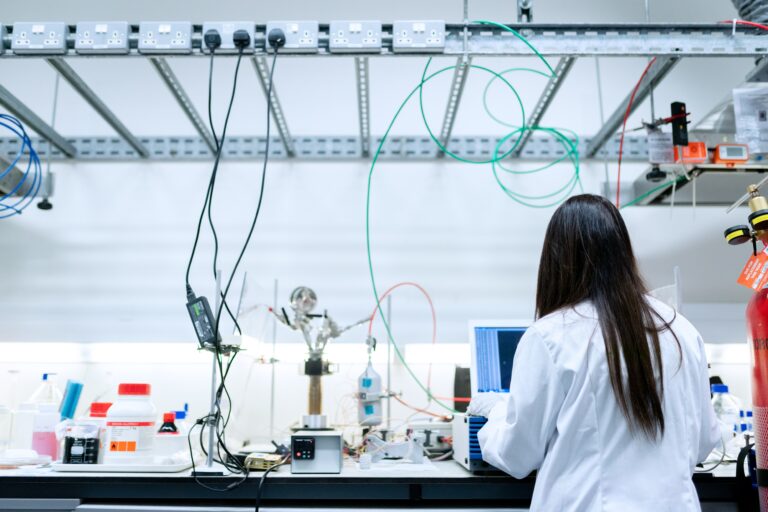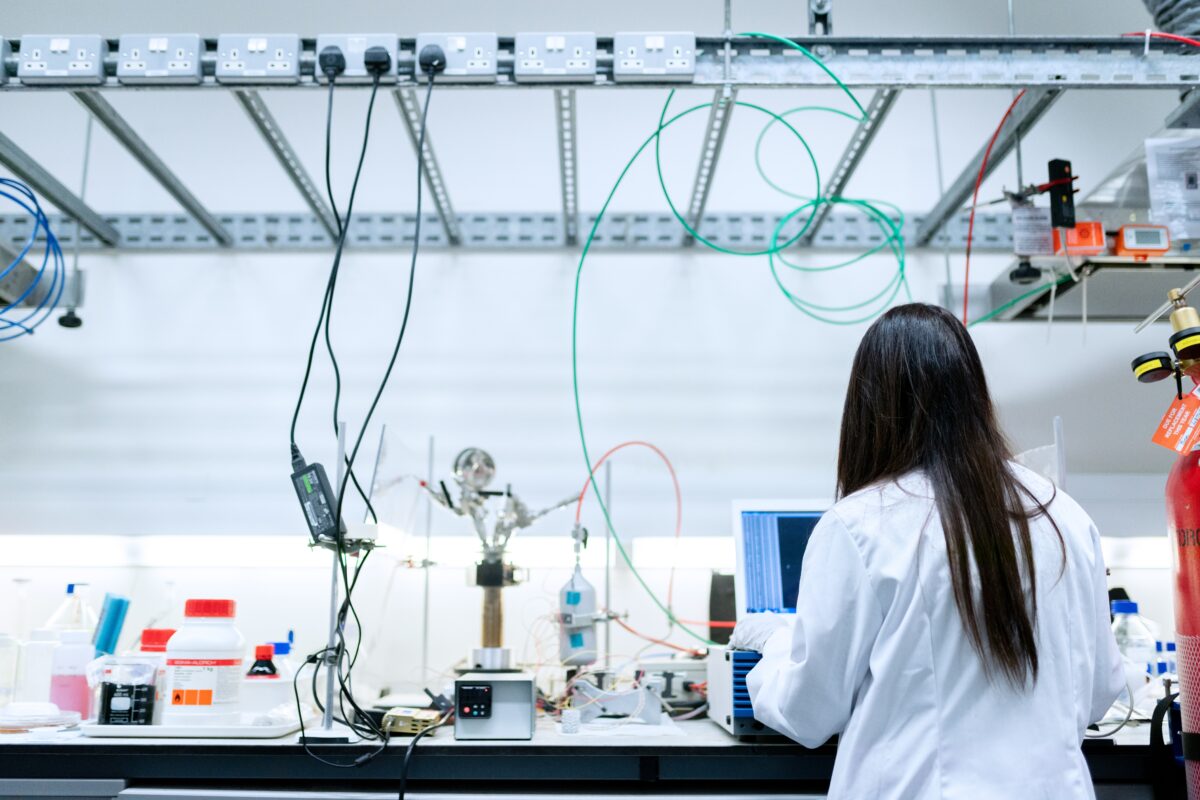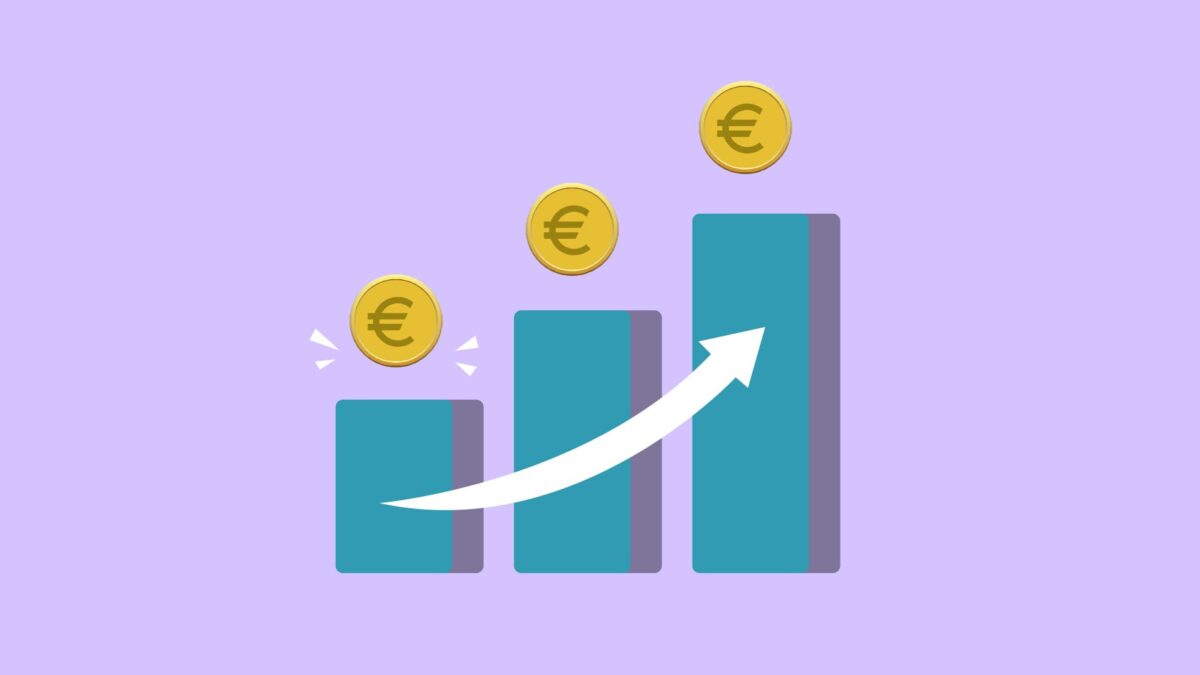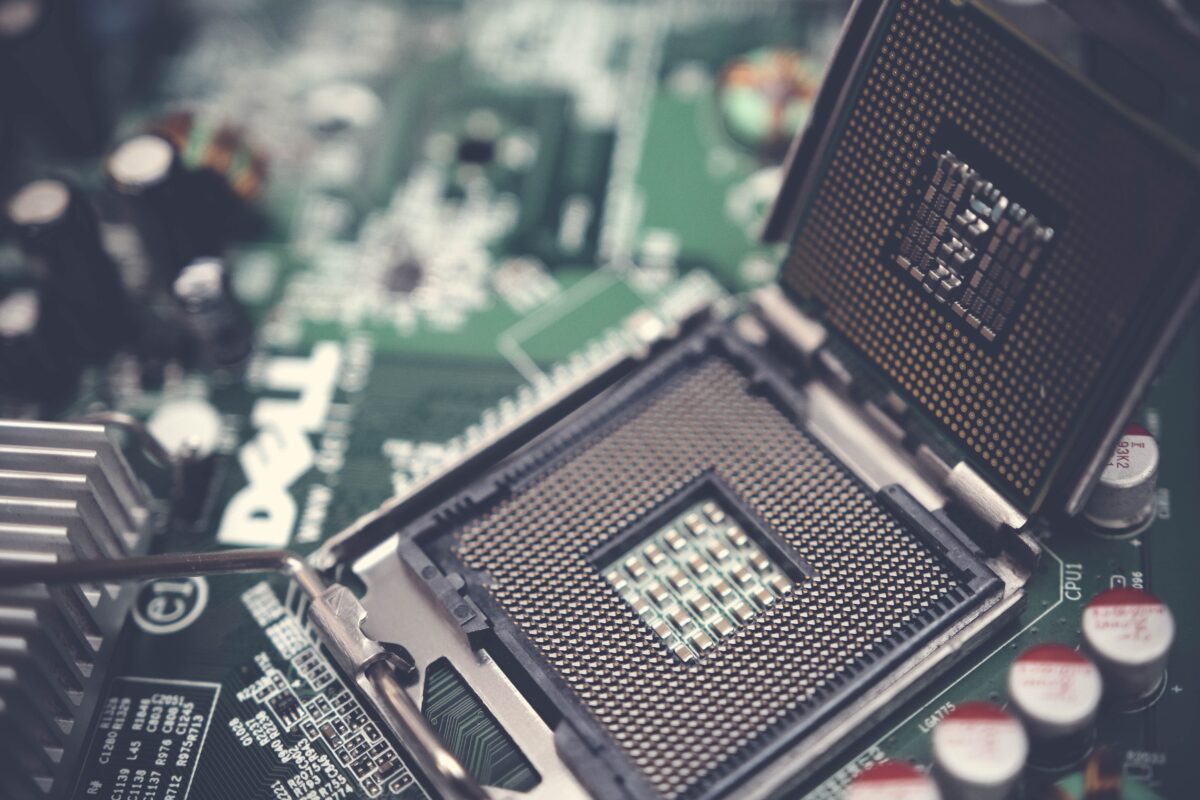Transistors are a vital, ubiquitous electronic component. Their main function is to switch or amplify the electrical current in a circuit, and a modern device like a smartphone can contain between 2 and 4 billion transistors.
So that’s some modern context, but have you ever wondered when the transistor was invented? Or what it looked like?
Pre-transistor technology
Going way back to when Ohm’s Law was first discovered in 1820s, people had been aware of circuits and the flow of current. As an extension of this, there was an awareness of conductors.
Following on from this, semiconductors accompanied the birth of the AC-DC (alternating current – direct current) conversion device, the rectifier, in 1874.
Two patents were filed in the 20s and 30s for devices that would have been transistors if they had ever reached past the theoretical stage. In 1925 Julius Lilienfeld of Austria-Hungary filed a patent, but did not end up releasing any papers regarding his research on the field-effect transistor, and so his discoveries were ignored.
Again, in 1934 German physicist Oskar Heil’s patent was on a device that, by applying an electrical field, could control the current in a circuit. With only theoretical ideas, this also did not become the first field effect transistor.
The invention of transistors
The official invention of a working transistor was in 1947, and the device was announced a year later in 1948. The inventors were three physicists working at Bell Telephone Laboratories in New Jersey, USA. William Shockley, John Bardeen and Walter Brattain were part of a semiconductor research subgroup working out of the labs.
One of the first attempts they made at a transistor was Shockley’s semiconductor triode, which was made up of three electrodes, an emitter, a collector and a large low-resistance contact placed on a block of germanium. However, the semiconductor surface trapped electrons, which blocked the main channel from the effect of the external field.
Despite this initial idea not working out, the issue was solved in 1946. After spending some time looking into three-layer structures featuring a reversed and forward-biased junction, they returned to their project on field-effect devices in a year later in 1947. At the end of that year, they found that with two very close contact junctions, with one forward biased and one reverse biased, there would be a slight gain.
The first working transistor featured a strip of gold over a triangle of plastic, finely cut with a razor at the tip to create two contact points with a hair’s breadth between them and placed on top of a block of germanium.
The device was announced in June of 1948 as the transistor – a mix of the words ‘transconductance’, ‘transfer’ and ‘varistor’.
The French connection
At the same time over the water in France, two German physicists working for Compagnie des Freins et Signaux were at a similar stage in the development of a point contact device, which they went on to call the ‘transistron’ when it was released.
Herbert Mataré and Heinrich Welker released the transistron a few months after the Bell Labs transistor was announced but was engineered completely without influence by their American counterpart due to the secrecy around the Bell project.
Where we are now
The first germanium transistors were used in computers as a replacement for their predecessor vacuum tubes, and transistor car radios were produced all within only six years of its invention.
The first transistor was made with germanium, but since the material can’t withstand heats of more than 180˚F (82.2˚C), in 1954 Bell Labs switched to silicon. Later that year Texas Instruments began mass-producing silicon transistors.
First silicon transistor made in 1954 by Bell Labs, then Texas Instruments made first commercial mass produced silicon transistor the same year. Six years later in 1960 the first in the direct bloodline of modern transistors was made, again by Bell Labs – the metal-oxide-semiconductor field-effect Transistor (MOSFET).
Between then and now, most transistor technology has been based on the MOSFET, with the size shrinking from 40 micrometres when they were first invented, to the current average being about 14 nanometres.
The latest in transistor technology is called the RibbonFET. The technology was announced by Intel in 2021, and is a transistor whose gate surrounds the channel. The tech is due to come into use in 2024 when Intel change from nanometres to, the even smaller measuring unit, Angstrom.
There is also other tech that is being developed as the years march on, including research into the use of 2D materials like graphene.
If you’re looking for electronic components, Lantek are here to help. Contact us at sales@Lantekcorp.com to order hard-to-find or obsolete electronic components. You can also use the rapid enquiry form on our website https://www.cyclops-electronics.com/





